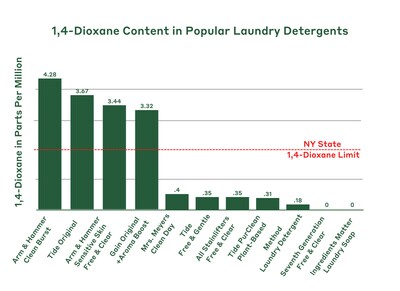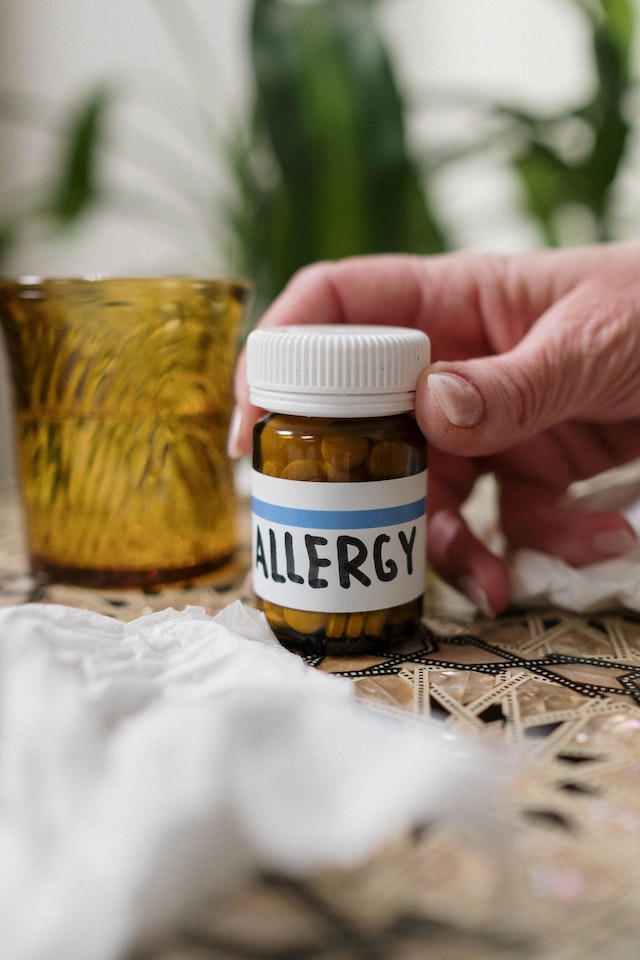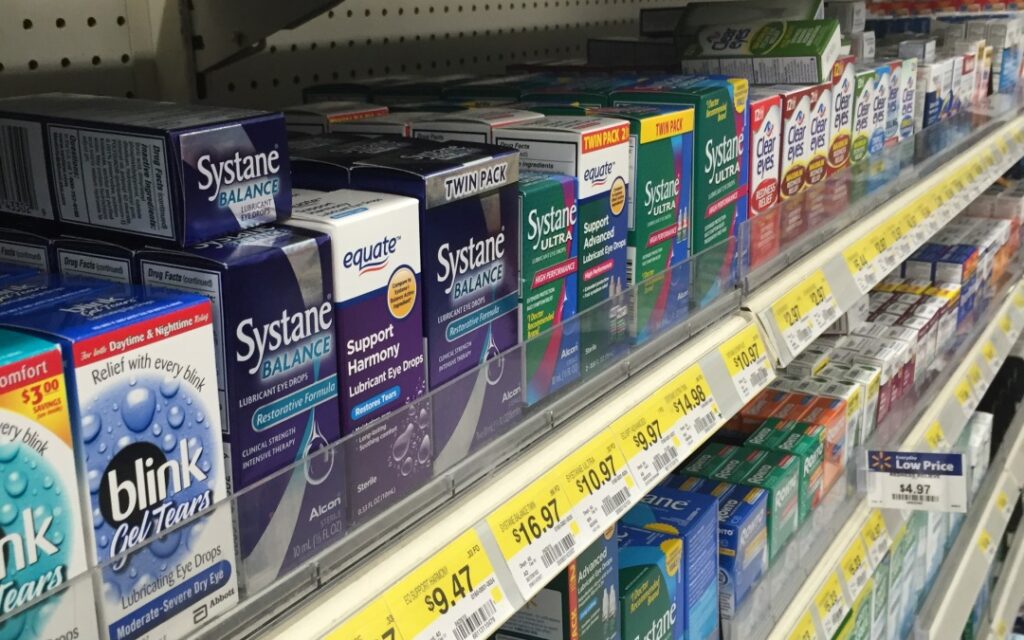PEG
The content presented on this website is intended solely for informative purposes and should not be construed as an assumption of unequivocal truth. It is imperative for viewers and users to exercise critical judgment and seek additional sources.
Polyethylene glycol (PEG)
Polyethylene glycol (PEG) is a long chain polymer made from ethylene oxide. The molecular weights range from 300 to 10,000,000. For instance, PEG 3350 is the only ingredient in the over-the-counter laxative MiraLAX, and PEG 2000 is what is used in the mRNA vaccines.
Common Uses of PEG
PEG is a common ingredient present in numerous everyday products, ranging from laundry detergent, cosmetics, toothpaste, soaps, and lotions, among others. While PEG has often been regarded as safe and non-toxic in commonly used items in various scientific publications, emerging research is beginning to challenge this perception.
As of 2019, PEG was found in 2,000+ FDA approved pharmaceuticals. It was not until the rollout of the mRNA vaccines that the public began to question the issues with this commonly used petrochemical. However, you will find PEG in many of your products you use everyday from laundry detergent, cosmetics, toothpaste, soaps, lotions and the list goes on and on. While many science periodicals refer to PEG as an inert substance, a non toxic ingredient added to commonly used items, science is starting to show otherwise. Now it is time to educate you, the consumer!
Adverse Event Reports
and why...
Meeting a father whose son was injured by MiraLAX and hearing his story impacted me in ways I never expected. Of course, it shocked me to hear about so many children being injured by a common over-the-counter laxative, but his story also helped bring clarity to a philosophical issue that had troubled me for years.
The PEG Problem
It seems almost absurd that a bottle of MiraLAX is pure polyethylene glycol (PEG 3350). Even if you’ve never heard of it, that chemical compound may sound familiar. That’s because ethylene glycol (EG) is the main ingredient in antifreeze...
It’s worth noting that in the FDA’s original brief to researchers they disclosed that they had sampled eight batches of MiraLAX and found small amounts of the toxins, EG and diethylene glycol (DEG) in all of them...
An Oft Repeated Error
When Mike’s son, Bradley, reached third grade, it was like someone flipped a light switch. He went from a student whose teachers loved him to a complete nightmare. Seemingly overnight, Bradley’s emotions filled with rage. He began punching other students and acting out in ways that found him facing constant discipline at school, and at home...
But, when he started suffering seizures, they knew this was something more than just behavioral issues.
Eventually, they pieced together the events that led to Bradley’s change. He had been dealing with bouts of constipation, and their pediatrician recommended he start taking a little MiraLAX each day...
Mike soon found a large group of other parents whose children had suffered serious neurological injuries at the hands of MiraLAX...
He didn’t know it at the time, but MiraLAX had been approved by the Food & Drug Administration (FDA) for adults over 17, with the stipulation that it not be taken for longer than two weeks.
Healing Derailment
Bradley continued to improve...
However, he found himself in the hospital for another issue that January. The medical team cleansed his bowels with a product called, GoLYTELY, which is most commonly used to cleanse the colon prior to scoping...
What the Koehlers didn’t realize is that the active ingredient in GoLYTELY is polyethylene glycol (PEG), the same active ingredient as MiraLAX... He suffered more than 20 seizures over the next five days. Clearly, PEG played a major role in Bradley’s troubles...

Polyethylene Glycol (PEG):
Versatile Polymer with Diverse Applications
A brief overview of PEG’s chemistry, molecular weights, and various applications, while hinting at potential concerns.
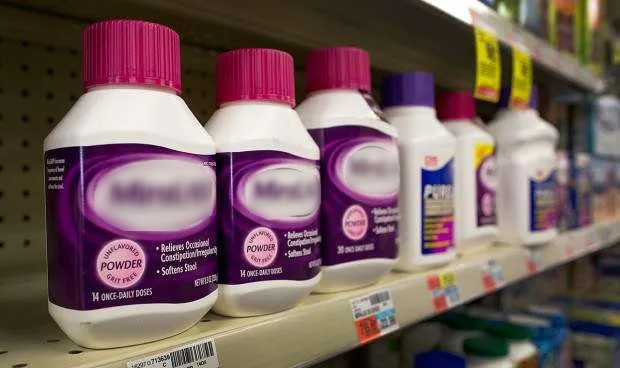
MiraLAX® and PEG:
Unraveling the Health Effects
The journey begins with a child’s use of MiraLAX® (PEG 3350) for constipation, leading to health complications, and delves into how PEG may affect the microbiome and health.

mRNA Vaccines and PEG:
Safety Concerns Unveiled
FDA’s concerns about PEG-related issues in ultrasound contrasts in 2021, focusing on antiPEG antibodies, ABC, and CARPA in the context of mRNA vaccines.
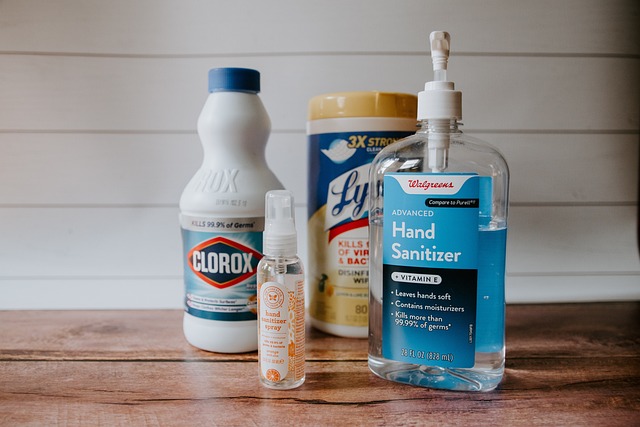
Chemical Dangers in Agriculture, Cosmetics, and Hygiene
Explore the hidden risks of PEG in agriculture chemicals, 1,4 dioxane in cosmetics, and the pervasive exposure to PEG in personal hygiene products. Delve into the safety concerns surrounding these chemicals.
Testimonials
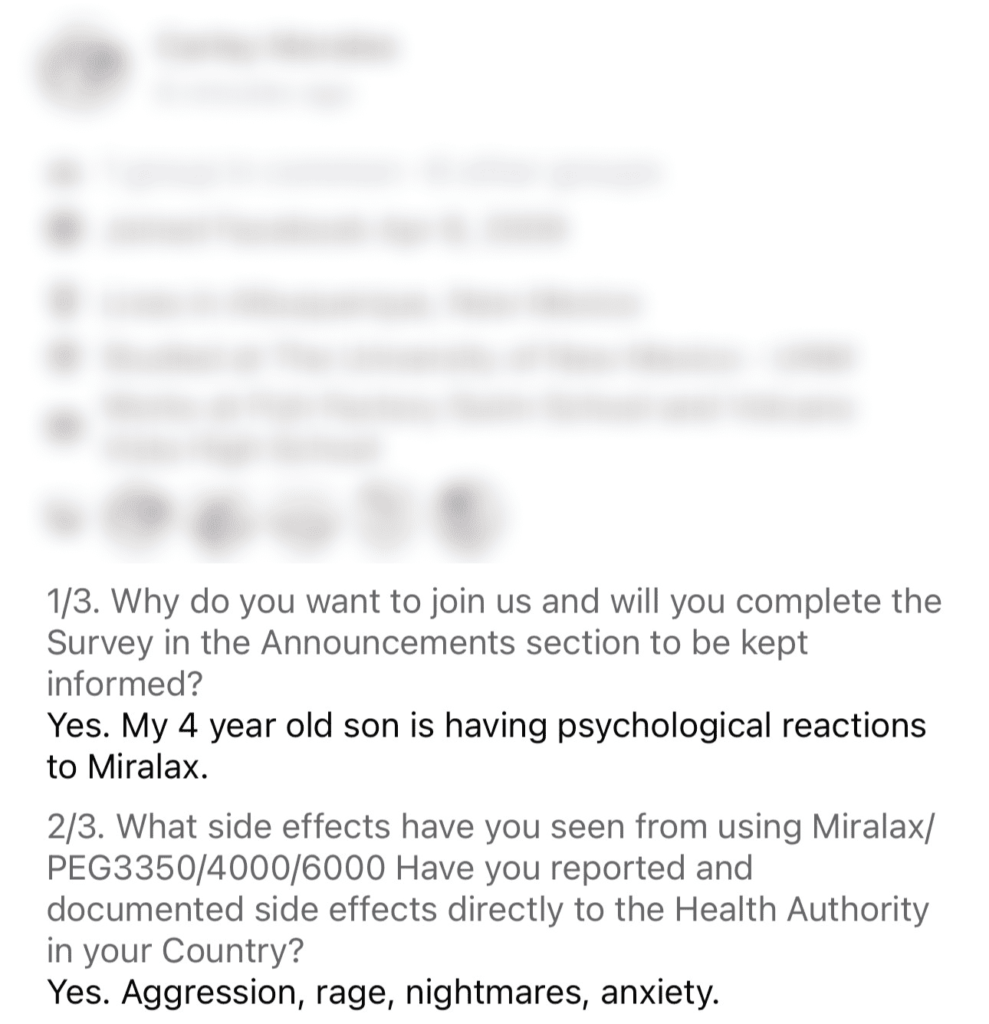
Discover What people Are Saying About PEG Awareness
Explore firsthand experiences and insights from individuals who have become more informed about PEG and its presence in everyday products. Read their stories and join the conversation on consumer education.
Adverse events reaction
Blog
PEG, found in over 2,000 FDA-approved pharmaceuticals and everyday items, is no longer a hidden ingredient. We explore the emerging science behind its safety and its presence in your daily life. Stay informed as a consumer – read our blog for the full story.

